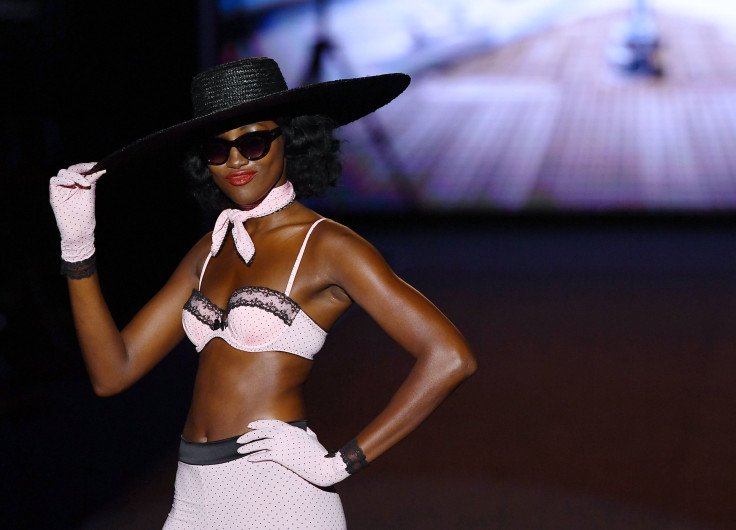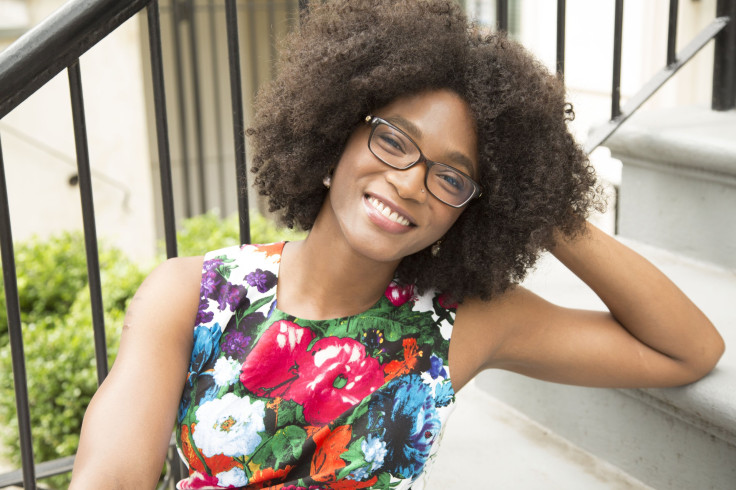Tech Startups Make Bra Shopping So Much Easier

One of the most orgasmic moments in a woman’s day is usually when she gets home and unhooks her bra. Bras are often uncomfortable because most mainstream brands in the $28 billion lingerie industry still haven’t figured out a sizing process that fits diverse bodies. Technologists have already made high-tech athletic wear commonplace and started re-engineering the shoe industry.
Could the tech industry make everyday bras, not just luxury lingerie, garments that women can actually enjoy wearing?
The Israeli fashion startup Brayola has raised over $6.4 million to finally modernize bra shopping. Brayola’s unique recommendation algorithms curate bras in a way similar to Amazon’s book and movie recommendations. However, Brayola’s system is far more complex. “With a bra, it’s not just about the product. It’s about the size. It’s not just about selling you another sports bra or color. It’s about the right size for you,” Brayola founder and software developer Orit Hashay told International Business Times. “It’s about style, it’s about the fit. It’s about the look, finding you the same cut, the same material.”
No two pairs of breasts in the world are identical. Each breast’s shape, color and weight is unique, especially if a woman has ever been pregnant or is breastfeeding her kids. According to Kirtly Parker Jones, M.D. of the Department of Obstetrics and Gynecology at University of Utah Healthcare, most women’s breasts have slightly different volumes while up to 15 percent of women have noticeably asymmetrical breasts. So even finding a woman’s generic size doesn’t guarantee a great fit.

Brayola’s algorithm works with around 50 million data points, feedback crowdsourced from women who own a variety of brands and sizes, to recommend bras that feel similar to underwear the shopper already likes. Hashay said 2 million women have purchased underwear through Brayola so far. Shoppers can type in what brand and size they’ve liked wearing, then go from there. Hashay expects the startup’s profits to hit $27 million this year. Luckily, Hashay isn’t the only entrepreneur leveraging high-tech solutions to help women treat their breasts better.
Trusst Lingerie founder Sophie Berman uses a MakerBot 3D printer in her Pennsylvania studio to experiment with bra shapes for larger breasts. Her kickstarter raised around $78,889 to make stylish bras designed to support a full bust without uncomfortable wires. “It’s flexible plastic, not metal. It doesn't feel like it's poking you,” Berman told IBT about the high-tech materials. “Our design patent is pending and we’re an all-women startup team.”
Lingerie blogger Cora Harrington told IBT she doesn’t think Trusst’s bras are fundamentally different than what is already on the market. Harrington hates it when lingerie companies use tech industry buzzwords to describe routine variety and product design. Despite the hype, Harrington believes smart fabrics and mobile apps will eventually reshape the lingerie industry.
For example, the fashion startup ThirdLove offers a sizing app powered by a 3D body scanner, which uses a selfie to map custom measurements. ThirdLove has raised more than $13.6 million so far. When it comes to the mainstream fashion industry, Brooklyn-based designer Becca McCharen-Tran is perhaps the most recognizable name popularizing this idea that lingerie should be thought of more like architecture. She has a penchant for high-tech fabrics and dresses celebrities such as Beyoncé and Taylor Swift.
“Imagine 3D printing underwires that cradle the breast, or fit a breast with special needs like sensitive skin,” Harrington said. “3D printing is going to completely revolutionize the way we think about bras.” Scientists are already experimenting with 3D printing for prosthetic limbs and body parts. Someday, 3D printing could make custom lingerie available to anyone with a smartphone.
The possibilities are vast, although it will take years for the technology to reach mainstream consumers. “The mainstream lingerie industry is really slow to change,” Harrington said. “It’s difficult for new technologies to break into the industry and get traction...When it comes to bras, people often are hesitant to pay the kind of money it would take for a high-tech product.”
Even budget-conscious consumers might pay upwards of $100 for high-tech jewelry or a pair of comfortable high heels. The high-tech OMbra sports bra, designed with lots of support and a built-in fitness tracker, starts at around $169. But most women prefer to spend $50 or less on a bra. In part, this is because there’s not a lot of unbiased education available about what makes a good bra. There are just a bunch of conflicting marketing campaigns and sales techniques. So women often don’t know much about their own breasts.

In order for shoppers to justify spending so much money on an everyday bra, they would need more education about their bodies. Does your back feel better with a lot of support? Are the shopper’s breasts perkier or rounder than the standard cup? Today, the only ways to measure an off-the-rack bra are its standardized size and level of support. It's still rare for mainstream lingerie brands to make “nude” bras in skin colors that match women of color. “You can already get a custom bra for $250,” Harrington said. “I think there’s a lot of room for growth and innovation around smart fabrics as well.”
© Copyright IBTimes 2024. All rights reserved.





















